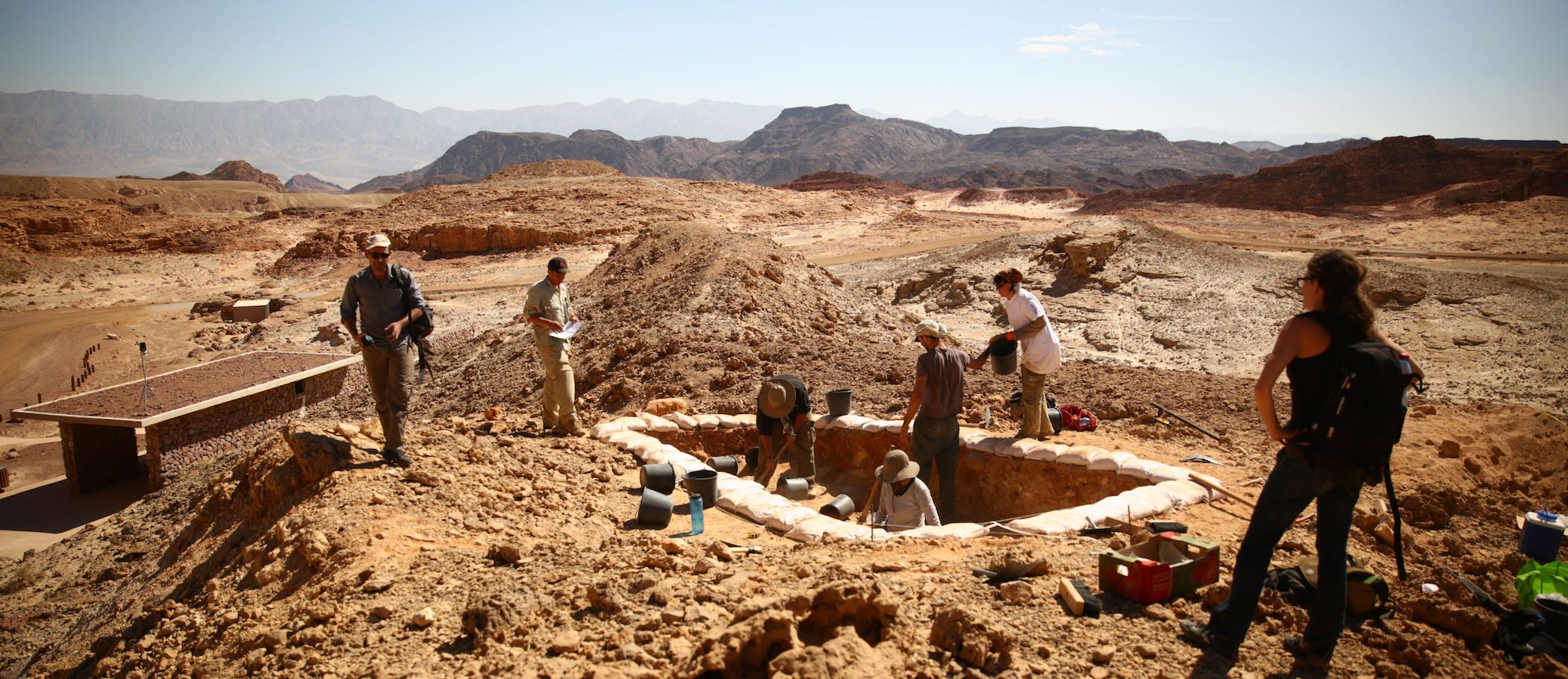When you purchase through connexion on our website , we may realise an affiliate delegation . Here ’s how it mould .
A 2,400 - yr - old Egyptian coffin with strange decorations extend insights into a tumultuous flow of Egyptian history , under the rule of the Persian Empire . The coffin ’s amateurish and strange imagery hint at the artist ’s lack of noesis , likely because Persian rulers extradite many of Egypt ’s artists . moderate out these photos of the casket and its decorations . [ learn full story about the ancient Egyptian coffin ]
Unexpected trait

Radiocarbon dating register that this Egyptian casket date back more than 2,400 class , to a fourth dimension when the Persian Empire control Egypt . Inscriptions on the coffin show that it belong to someone named Denit - ast , or Dent - ast , likely a charwoman . The coffin contains a number of unusual feature , in all likelihood a product of the Persian Empire ’s transportation of Egyptian artists . ( Photo copyright : Mike Sigler )
Oddly made
The full - size casket . Tests show that the wood is sycamore , a type usually used in ancient Egypt . Some of the casket ’s unusual features admit the imagery on the apprehension , which is say to have two falcons on its upper corners . In this cause , the creature are ill drawn and look more like fish . The Mehen snake at the bottom of the coffin is also poorly suck up and really stop and start at one point , which experts say is strange for imagery of a protective deity . ( Photo copyright : Mike Sigler )

A curious design
The funerary view shown here is remarkably weird , said Gayle Gibson , an Egyptologist and pedagogue at Toronto ’s Royal Ontario Museum . The at peace is shown on a funerary bottom which has a chick with a human head ( called a Ba ) . A flying Hydra wearing the crest of Hathor ( an Egyptian goddess ) is show above the gone . The four jar are theorize to represent the four sons of Horus , but they have a " goofy " show , Gibson said . For instance , Gibson said she has never seen a funerary layer with a Ba head before and the flying snake is also " very odd . " ( Photo right of first publication : Mike Sigler )
correct a mistake

The coffin is owned by Mike Sigler , a collector and Egyptian antiquities enthusiast . He buy it in 2013 from the Edgar L. Owen gallery , which sold it on behalf of a private aggregator . Sigler contacted Gayle Gibson and ask for her help in search the coffin ’s oddities . In this mental image , the ancient creative person tried to correct a error in an alternating pattern by scratch out an image of a sceptre . ( Photo right of first publication : Mike Sigler )
answer
Gibson and Sigler ’s inquiry got a boost when carbon 14 dating pinpointed the casket ’s engagement to the period of Persian rule . During this meter Egyptian artist were deported to act on building projects in Persia . This intend there were few good artists at base and grooming in the bailiwick suffer . This double shows a sculpture of Persian King Darius I at Persepolis . ( Image courtesy Wikimedia commons , exploiter TRAJAN 117 , CC Attribution - ShareAlike 3.0 Unported . )

The find
The Persian Empire conquer Egypt in 525 B.C. , and hold a immense amount of territory stretching from Egypt to modern - day Afghanistan . The Persian Empire decree Egypt for more than a hundred . ( persona courtesy Wikimedia Commons , user HistoryofIran , Attribution 3.0 Unported . )




















